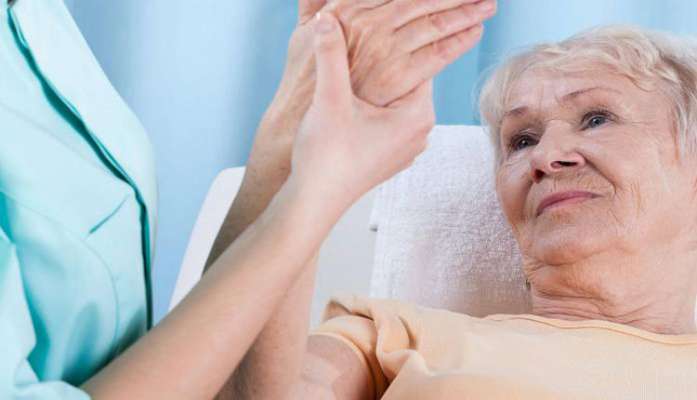NEW YORK: Researchers, including one of Indian-origin, have found a certain protein that is more prevalent in older people and which prevent fractured bones from healing. According to the study published in the Journal of Clinical Investigation Insight, the research team confirmed that older people have more Apolipoprotein E or ApoE than younger people.
“When we decreased the protein level, ageing was reversed. Not only there was more bone and healing happened faster, but it was also structurally more sound,” said study senior author Gurpreet Baht, Assistant Professor at the Duke University.
They found that 75-85-year-olds had twice as much ApoE in their bloodstreams as 35-45-year-olds, then found the same was true for 24-month-old mice versus 4-month-old mice, which approximate the same human age ranges. The researchers wanted to figure out if and how ApoE affects the multi-step process of bone healing.
When you break a bone, your body sends signals through the bloodstream to recruit cells to fix it, said the study. Some of those recruits, specifically skeletal stem cells, build up cartilage as a temporary scaffolding to hold the fracture together.
At last a different kind of cell eats up the cartilage scaffolds and osteoblasts fill those holes with bone. “Over time, this cartilage will continue to be resorbed and osteoblasts will continue to deposit new bone. “After a few months of your arm or leg healing, there will be almost no cartilage anymore. And if you were to look at it five years out, there’d be no sign of an injury anymore,” Baht explained.
The researchers found that if they added ApoE to a petri dish with skeletal stem cells, fewer cells developed into osteoblasts and were worse at building bones. Next, the researchers created an intervention by injecting a virus which keeps mice from making ApoE protein. Circulating ApoE levels dropped by 75 per cent and the healed bones contained one-and-a-half times more strong, hard bone tissue than bones of untreated mice.
The researchers hope this discovery will lead to new treatments to help people heal after injuries or surgeries. IANS







